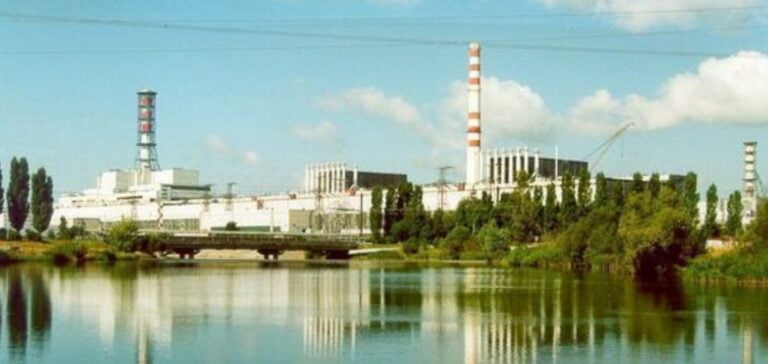The Kursk II nuclear power plant, located 60 kilometers from the Ukrainian border, is preparing to load its first fuel assemblies into unit 1. Equipped with two VVER-TOI reactors, this plant represents the latest innovation in light water reactor design in Russia.
Project background and progress
Since the start of construction in 2018, the Kursk II power plant has achieved several important milestones, including the installation of the polar crane in October 2021 and the reactor in June 2022. The completion of the outer dome in August 2023 also marked a significant step forward. The VVER-TOI reactors, each with a capacity of 3,300 MWt, are designed to generate 1,300 MWe gross. This advanced technology incorporates improved pressure vessels and enhanced thermal reliability, aimed at improving the plant’s technical and economic performance.
Executive comments and next steps
Alexander Uvakin, Director of the Kursk power plant, declared that the delivery of nuclear fuel proves the advanced state of construction of the first reactor. The next cold and hot tests should precede the reactor’s physical start-up phase. TVS VVER-TOI nuclear fuel is based on the VVER-1000 and VVER-1200 reactors. The new fuel enables increased fuel loading, higher thermal reliability and more effective core control.
Energy Transition and Future Prospects
The gradual closure of all four units of the existing Kursk nuclear power plant by 2031 is part of Russia’s energy modernization plan. The first unit was shut down in December 2021 after 45 years of operation. The remaining units will follow, marking the transition to more modern, efficient facilities. The Kursk II plant is part of this dynamic, replacing the old RBMK-1000 reactors with VVER-TOI units. This evolution is essential to meet growing safety andenergy efficiency requirements. The integration of new technologies and the efficient management of the 18-month fuel cycle position Kursk II as a model of performance in the nuclear sector.
The delivery of the first nuclear fuel to the Kursk II power plant represents a crucial milestone in the completion of this ambitious project. With significant improvements in technology and energy management, this plant promises to play a central role in Russia’s energy future.






















